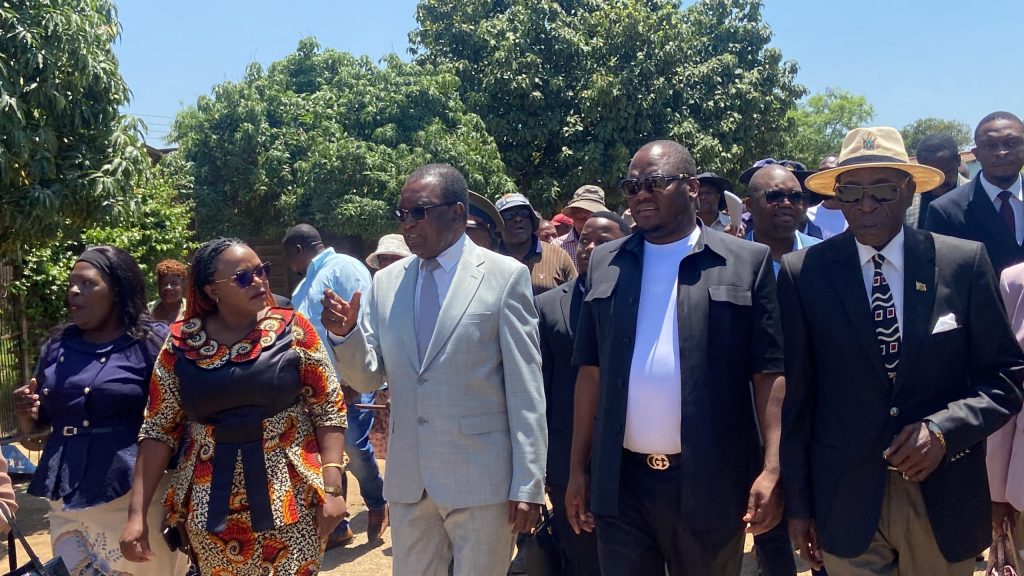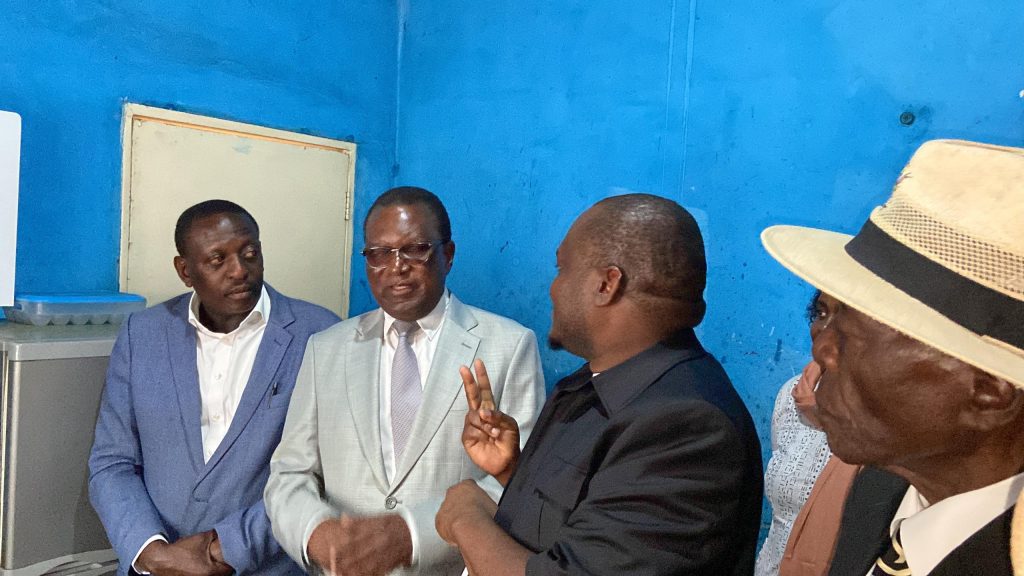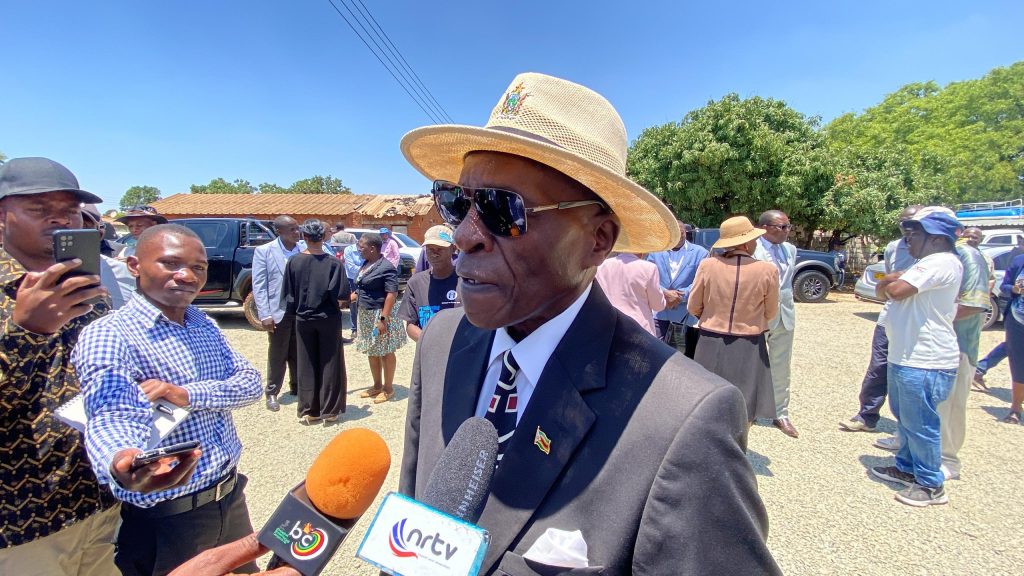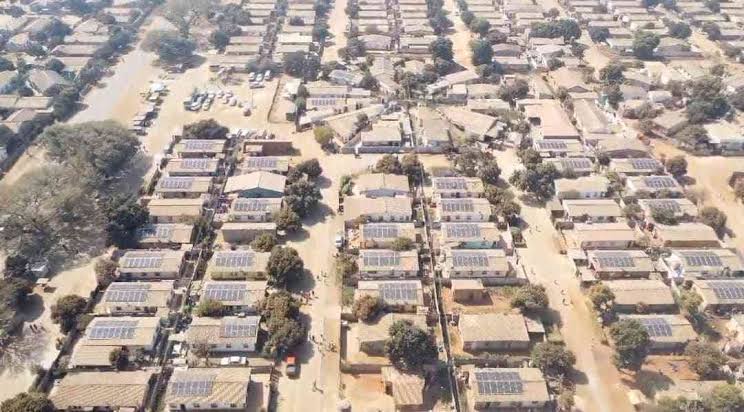By Marshall Bwanya
HARARE — In Glenview, a densely populated township south of Harare, rows of modest houses now glint under the sun, not from tin roofs, but from solar panels capturing energy to feed into Zimbabwe’s struggling electricity grid.
Once infamous for load-shedding and dark nights, Glenview has become the unlikely heart of Zimbabwe’s growing green energy revolution under the Presidential Solar Scheme (PSS).
About 200 of the targeted 400 houses have been connected to the pilot solar power project ahead of its official launch by President Emmerson Mnangagwa.
The project reflects Zimbabwe’s Vision 2030 blueprint, which seeks to transform the nation into an upper middle-income economy by 2030.
PSS envisions improved living standards, where reliable electricity and other essential services are accessible to Glenview residents and to all citizens in the near future once the project goes nationwide.
PSS turns rooftops into revenue sources
The PSS initiative was launched on April 1, 2024, by Prevail Group International (PGI) through its subsidiary, Zimbabwe Solar Energy Company (ZISEC).
It leases unused rooftop space, installs solar panels, and sells the generated power to state utility ZESA Holdings, while homeowners receive a modest monthly payment of US$20 and relief from power cuts.
By enabling households to earn income from their roofs and access reliable electricity, the scheme directly supports Vision 2030’s human capital and economic empowerment pillars.
It provides decent jobs for local youth in installation and maintenance, while strengthening the community’s resilience to economic shocks.
This serves as a practical illustration of the National Development Strategy 1 (2021–2025) focus on economic stabilisation, infrastructure development, and improved public services.

Happymore Chidziva, MP for Glenview North, during the launch in April praised the project for addressing load-shedding and promoting renewable energy.
Chidziva also expressed his commitment to ensuring that the contracts signed would be favorable to citizens and encouraged unity and peace within the community.
“This rent-a-roof project highlights an important shift towards renewable energy and community-centred initiatives which align with our national goal of sustainability and reducing our carbon footprint.
“As the representative of Ward 30 where this project will be launched, I will do my representative role to ensure the contracts that will be signed will not affect the citizens and will benefit from this programme.
“We welcome a developmental program to the community and nation at large. We will also play a representative role to ensure the employment facility is apolitical such that the citizens maintain the unity and peace in our society,” said Chidziva.
From blackout frustration to rooftop solutions
Zimbabwe has battled chronic electricity shortages for years, with some areas enduring blackouts of up to 12 hours daily.
Water levels at Kariba Dam, the world’s largest man-made reservoir, which generates hydroelectric power for millions in Zambia and Zimbabwe, have dropped to record lows in recent years, forcing energy utilities to make drastic cuts.
Kariba Dam’s hydropower constraints and ageing thermal plants have also exacerbated the problem.
From 2022 to 2024, Zimbabwe’s hydroelectric power generation at Kariba faced severe constraints due to critically low water levels.
On December 27, 2022, the Ume, Sanyati, and Gwayi rivers in the Kariba lower catchment recorded flows of 0 m³/s, 53 m³/s, and 0.2 m³/s, respectively.
By the same date in 2023, flows were slightly better for Ume at 8 m³/s, Sanyati steady at 53 m³/s, and Gwayi at 0 m³/s, while Lake Kariba’s level stood at 477.12 meters, holding only 7.25 BCM or 11.19% of live storage.
These low levels forced a drastic reduction in hydro output.
Normally designed to generate 1,050 MW (6,400 GWh/year), the Kariba South plant was producing just 214 MW by mid-2024, contributing to rolling blackouts exceeding 12 hours daily.
Usable storage dropped from 20.23 BCM (31.23%) in 2023 to 8.12 BCM (12.54%) by June 2024, creating a significant energy deficit.
In response, the Zimbabwean government has turned to thermal plants and independent power producers, while renewable solutions like rooftop solar under the rent-a-roof scheme are increasingly critical to mitigate ongoing power shortages and diversify energy sources beyond hydroelectric dependence.

PGI chairperson Paul Tungwarara said the project was driven by the need to eliminate the persistent load-shedding challenges faced by local communities.
“When we saw that there was too much load-shedding, we just came up with this concept of renting a roof, where we are going to put solar panels on each roof.
“The project is running under the Presidential Solar Scheme, as we announced before.
“For the pilot, we are going to put 400 houses,” said Tungwarara.
“Sometimes we would experience power outages for about 12 hours,” said Yamikani Gideon, a Glenview 3 resident and early participant in the project.
“We’re happy with the Presidential Solar Scheme. There is no longer load-shedding in this area,” added Gideon.
The pilot initially targeted 600 homes but was scaled down to 400 to improve oversight.
By July 2024, more than 80 rooftops had been fitted with solar panels.
This month, in November 2024, that number had doubled to 200.
Out of a target of 400 houses, the total installation is expected to generate two megawatts for the national grid by next year.
This is a local solution contributing to national energy security, in line with NDS1 objectives of reindustrialisation and infrastructure strengthening.
Rethinking the grid
Tungwarara said the project’s model avoids the costly and land-hungry approach of traditional solar farms.
“The idea is to avoid wasting 600 hectares by building a solar farm when we can make use of so many roofs in urban or even rural areas,” he told NewsHour.
By maximising existing urban space, reducing wiring costs, and minimising shading, the project embodies the innovation-driven growth Vision 2030 promotes.
It reflects the NDS2 (2026–2030) aspiration to consolidate early gains, boost innovation, deepen devolution, and strengthen local solutions.
A community powering itself
During a stakeholders’ meeting in April hosted by Combined Harare Residents Association (CHRA), over 300 residents from the high-density suburb expressed their support for the development.
Rueben Akili, programmes officer at CHRA, welcomed the initiative and assured residents that they would advocate for their best interests in the contractual agreements with ZISEC.
“We welcome this developmental rent-a-roof initiative meant to cushion against load-shedding.
“As CHRA, we will play an advocacy role to ensure that the contractual agreements between ZISEC and residents serve the best interests of residents,” said Akili.
For some Glenview residents, the benefits are immediate.
Manyara Dhlakama noted that constant lighting has improved security.
“Even robbers who used to take advantage of darkness are in trouble now as there are lights everywhere,” she said with a laugh.
Small innovation, big impact
The special adviser to the President on monitoring government programmes and projects, Jorum Gumbo, said on Thursday after a tour that the scheme offers a model for localised renewable generation.

He added that it could reduce Zimbabwe’s import dependence, lower emissions, and support the government’s Vision 2030 goal of sustainable and equitable development.
“The Glenview solar power project stands as a shining example of this transition, an innovation-driven initiative that not only addresses energy challenges but also contributes to environmental sustainability and economic empowerment,” said Gumbo.
“Through thinking in other terms, we are advancing technological innovation, fostering energy independence and aligning with global sustainability goals, all the while ensuring a brighter, energy-secure Zimbabwe for generations to come.
“Community solar projects empower residents by providing affordable, clean energy solutions while reducing reliance on the national grid, thereby fostering resilience and economic development at the grassroots level,” added Gumbo.

Paul Tungwarara (second from right) explains to Special adviser to the President on monitoring government programmes and projects, Jorum Gumbo (second from left) how energy generated from the solar panels is fed into the national grid
Gumbo acknowledged that although only 200 of the targeted 400 houses had been connected, the project was still in its infancy, and what mattered most was the vision it represented.
“The project is at its initial stage but what is most important is what it is aiming to do and if it can go nationwide.
“It will definitely be very good,” said Gumbo.
Gumbo was accompanied by Harare Provincial Affairs and Devolution Minister Charles Tawengwa, who said the project not only guarantees uninterrupted power supply for participating households but also offers direct financial benefits to homeowners.
“Even if there is load-shedding, the residents will not be affected.
“They are also set to benefit as they will be given a token of appreciation, about US$20 monthly for their roofs which are being rented,” said Tawengwa.

The PSS’s community-based approach mirrors successful rooftop solar programmes in other countries such as Mauritius and Scotland.
From pilot to policy
PGI hopes to expand to other Harare suburbs and small towns.
Scaling up could generate an additional 150 megawatts of renewable energy within three years, nearly enough to cover Zimbabwe’s current shortfall during peak demand.
Beyond electricity, the project creates jobs, apprenticeships, and income streams, advancing Vision 2030’s human capital development and the NDS1 focus on job creation and local industrialisation.
Lighting the Path Forward
At dusk, Glenview’s rooftops shimmer with reflected light, small islands of stability in a city long accustomed to darkness.
From modest homes to the national grid, Glenview’s rooftop solar revolution signals a quiet but determined shift.
It represents a community taking control of its own energy destiny, powering not just homes but also driving the broader Vision 2030 agenda.



